Here at RUBI, we consider tiling to be an art form. The intricate work associated with learning how to tile is taxing, but creating something completely unique is a key draw for many to the career path. In this blog we will discuss how to use textured tiles in modern design so that you can keep wowing your customers day after day with new, modern, and unique styles to offer them.

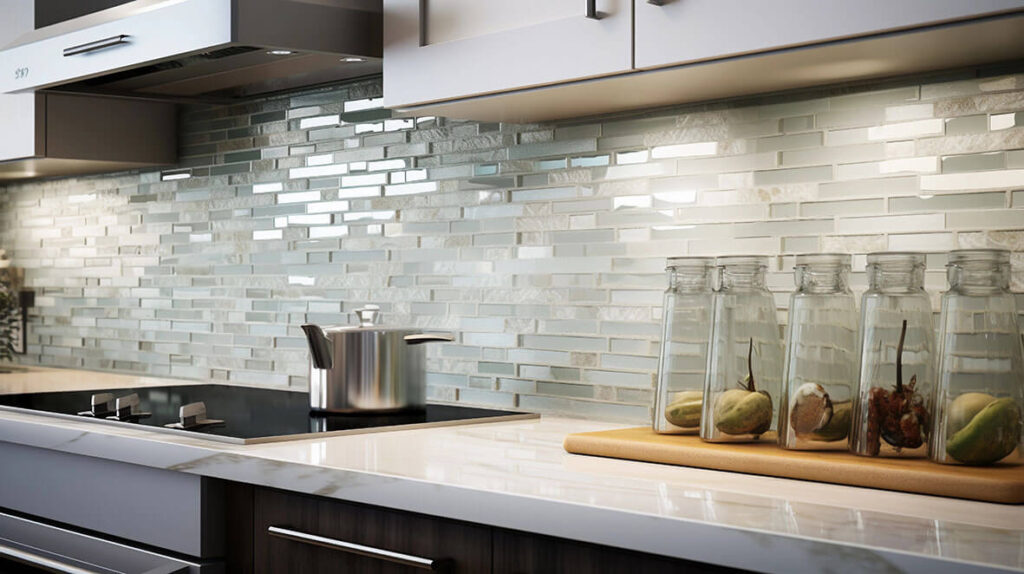
TEXTURED TILES
Textured tiles can transform the ambiance of a room by adding depth, character, and a tactile element to the design. Whether used on floors, walls, or as decorative accents, textured tiles contribute to a multi-dimensional visual experience that goes beyond the flat surfaces of traditional tiles.
One key advantage of textured tiles is their ability to create visual interest without overwhelming the space. Subtle patterns and raised surfaces catch and play with light, casting shadows that add nuance to the room’s overall atmosphere. For instance, a bathroom adorned with textured tiles on the walls can evoke a spa-like feel, as the three-dimensional patterns create a sense of luxury and sophistication.
HOW CAN I USE THEM?
In terms of design, textured tiles provide a versatile canvas for creative expression. Designers, homeowners, and tilers can choose from an array of textures, from rough and rustic to smooth and polished, to complement different interior styles. A textured tile feature wall in a living room, for example, can become a focal point, breaking the monotony of plain surfaces and injecting personality into the space.

Additionally, the tactile quality of these tiles can make spaces more dynamic, encouraging a sensory engagement that goes beyond the visual. For example, a pebble tile floor on a bathroom or shower area can be relaxing and bring us back to nature.
Ultimately, incorporating textured tile into the design of a room is an effective strategy for elevating its overall appeal. By introducing texture and dimension, these tiles contribute to a more inviting and visually intriguing environment, demonstrating how a small design element can have a significant impact on the perception and experience of a space.

RUSTIC TEXTURED TILE
Zellige tiles have come back around in style and are being used more and more in commercial and residential projects. Their hand made quality gives them a rugged imperfect aesthetic that appeals to a lot of people. Their simplicity adds a subtle element to the room they are in. Slightly raised surfaces cast shadows, dips and crevasses capture light, and their polished finish bounces light around the room.
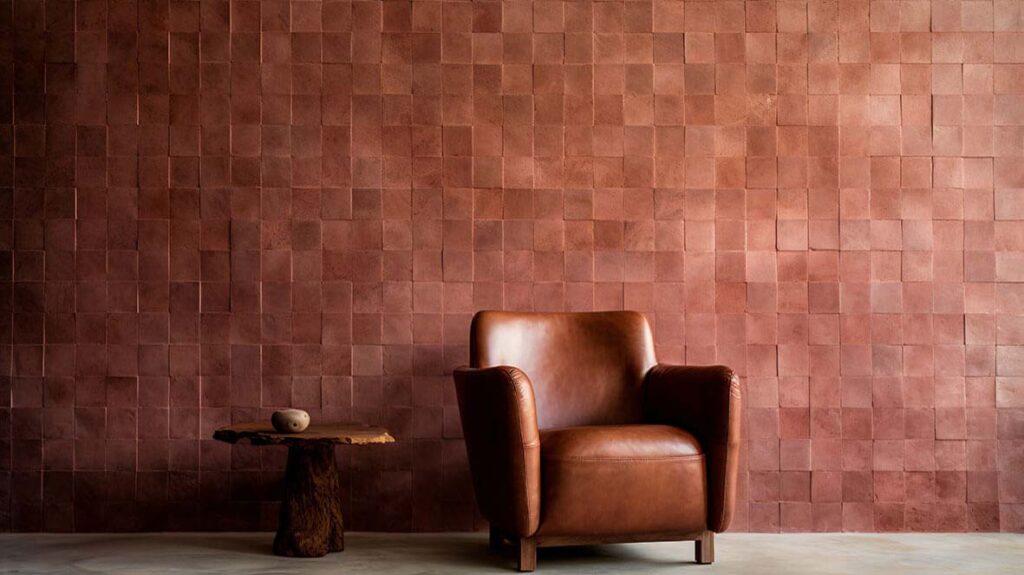
These tiles are also often used in spas, so using them in your home can give the appearance of luxury and relaxation without doing much more. Sometimes simplicity is best.
REFLECT LIGHT WITH GLASS TILES
What better way to reflect light around a room than with glass tiles. These tiles are perfect for darker rooms which benefit from their glossy and shiny surface, but pair them with tumbled or frosted glass tiles will add extra depth to the texture.
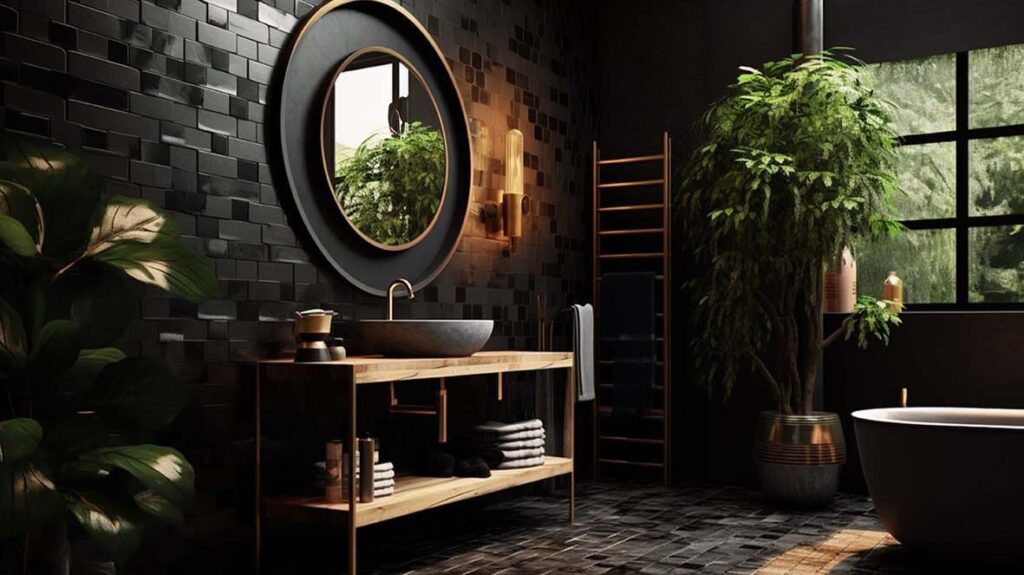
Glass tiles have been around for years and are a popular choice to add some character to a space. They can come in a variety of shapes and sizes. You can keep things simple and let the tiles shine by using classic subway tiles, or you could spice things up with coloured glass tile mosaics to add even more visual appeal.
3D TEXTURED TILES ADD DIMENSIONS
When you think about textured tiles, you might immediately think of 3D tiles that protrude from the surfaces they’re laid on. 3D printed tiles are a great way to add texture in a dramatic way, but there are some softer and more subtle versions of these stunning tiles on the market.
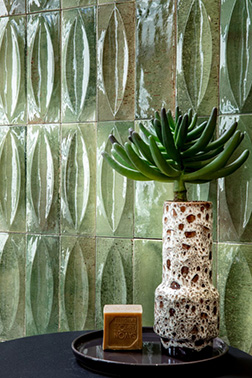
3D Tiles come in various shapes and colours. Some are more striking and geometric than others, but using these tiles is certainly going to make your home look modern..
CAST SHADOWS
Laying tiles flat and even across surfaces is an important part of a tiler’s work, but what if you purposefully laid tiles unevenly and played with the thicknesses of tiles? You would end up creating something that purposefully casts shadows across walls adding depth and moodiness to a room. When done tastefully this design style can elevate a rooms aesthetics to something ultra-modern.
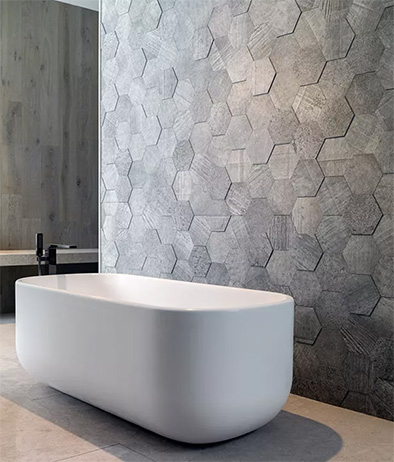
Textured tiles are able to transcend the conventional boundaries of flat surfaces, allowing for a dynamic interplay of light and shadow, creating visually captivating interiors, as well as sensory textures. Whether adorning floors, walls, or serving as eye-catching focal points, textured tiles prove to be versatile canvases for artistic expression. When it comes to modern design, where innovation meets aesthetics, these tiles stand as an essential element, elevating the overall appeal of rooms and leaving a lasting impression of tactile elegance in the minds of design enthusiasts.
Not sure which tile cutter is best for you tiles? Browse our extensive collection of manual tile cutters and wet saws on our website. Let us know which modern textured tile you are using in your next job in the comments below, and share this article with your colleagues.
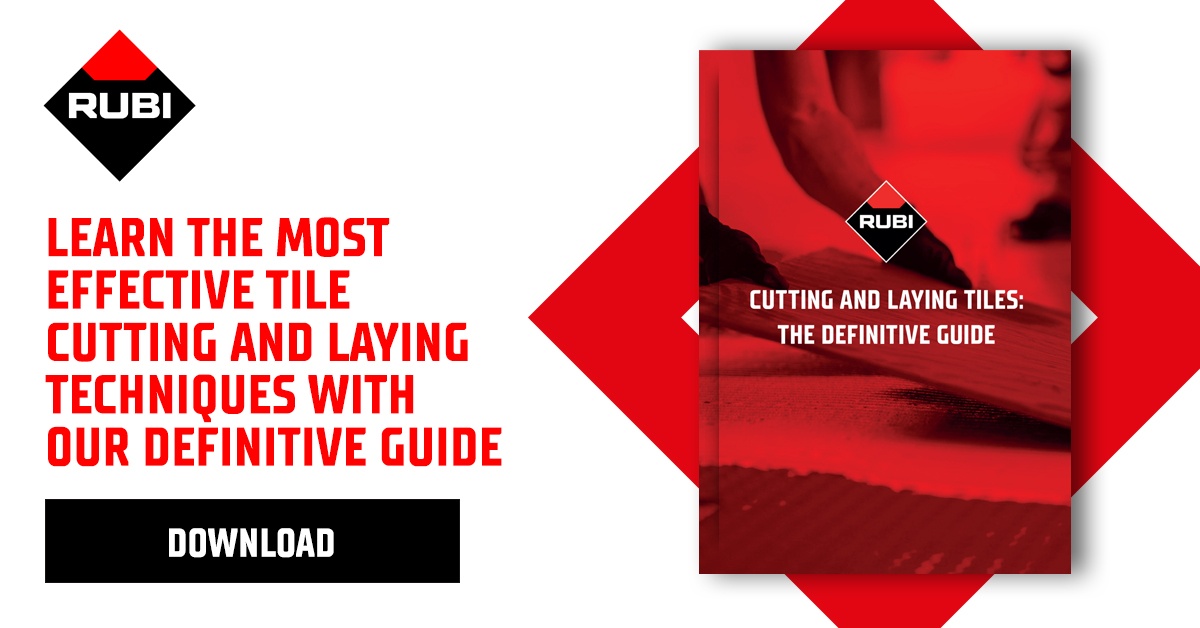


Post a comment